Lita Cabellut was born in Barcelona, into a Sinti family and lived on the streets until the age of 12 when she was adopted by a prominent family.
She was introduced to her masters in the Prado: Velazquez, Goya and Frans Hals and became deeply affected by art. She attended drawing and painting lessons and had her first exhibition at the age of 17 in Madrid.
She then came to the Netherlands to further develop her skills at the Gerrit Rietveld Academie and to work with the special light in the Netherlands. Cabellut still lives and works in the Netherlands and continues to develop her very own typical style that is characterised by larger than life-size portraits in a special fresco technique. Through her distinctive work, Lita is among the contemporary masters of portrait art.
- Statement
If my brushes
Were not able to speak
If my feet
Were not able to take a step forward or back
To gain perspective on what I see
If in my head
Confusion and doubt were not reigning
If I don’t cry
I laugh
If I was not dazzled by white
And moved by indigo
What loneliness
What loneliness
I would have with myself
I work in series, so the process of paintings starts with finding the concept.
To sit in a chair and not move until I have the project in mind
I am more than a painter, I am a storyteller.
- Art Techniques
Working on large-scale canvases, Spanish artist Lita Cabellut has developed a contemporary variation of the classic fresco technique and a recognizable personal palette style that comes from her obsession to provide her characters with a skin. However, beyond her most recognized works and techniques Cabellut is a multi-disciplinary artist whose works also include pieces in media such as: oil on canvas, drawings on paper sculptures, photography, poetry, visual poems and videos.
- Recognition
On 8 April 2011 Lita was awarded with the "Premio de Cultura Gitana de Pintura y Artes Plásticas" (Gypsy Culture Award for Paint and Plastic Arts) by "Instituto de Cultura Gitana" (Institute of Gypsy Culture) in recognition to the work done in benefit of this group’s culture anywhere in the world.
In March 2015 Lita was invited by the Barcelona-based Fundació Privada de les Arts i els Artistes to be a jury member for the 2015 "Figurativas" competition. "Figurativas" is a yearly art competition seeking to promote and diffuse Figurative Art.
Lita Cabellut, è un pittrice Spagnola che vive e lavora all'Aia, nei Paesi Bassi. Cabellut lavora su tele di grandi dimensioni utilizzando una variante contemporanea della tecnica dell'affresco.
È nata in un villaggio in Aragona, Spagna nel 1961 in una famiglia Sinti, condizione per la quale ha vissuto per le strade fino all'età di 13 anni quando è stata adottata da una famiglia benestante, cambiando così stile di vita.
È stata introdotta dai suoi maestri al Prado dove conobbe le opere di Velazquez, Goya e Frans Hals divenendo profondamente influenzata dall’arte.
Ha così iniziato a frequentare corsi di disegno e di pittura, tenendo la sua prima mostra all'età di diciassette anni a Madrid. Successivamente si è trasferita in Olanda per sviluppare ulteriormente le sue capacità alla "Gerrit Rietveld Academie" e dove potè esercitarsi a lavorare con la luce speciale nei Paesi Bassi. Lita Cabellut continua a sviluppare il suo stile personale che si caratterizza per ritratti a grandezza naturale realizzati per mezzo di una speciale tecnica dell'affresco. Attraverso il suo lavoro distintivo, Lita è tra i maestri contemporanei dell’arte del ritratto.























































































































.jpg)
.jpg)
+-+The+Magdalen+Reading.jpg)
.jpg)
.jpg)
+(1).jpg)
+(2).jpg)
.jpg)
.jpg)
.jpg)
.jpg)
.jpg)
.jpg)

.jpg)
.jpg)
.jpg)
.jpg)
.jpg)
.jpg)
.jpg)
.jpg)
.jpg)
.jpg)
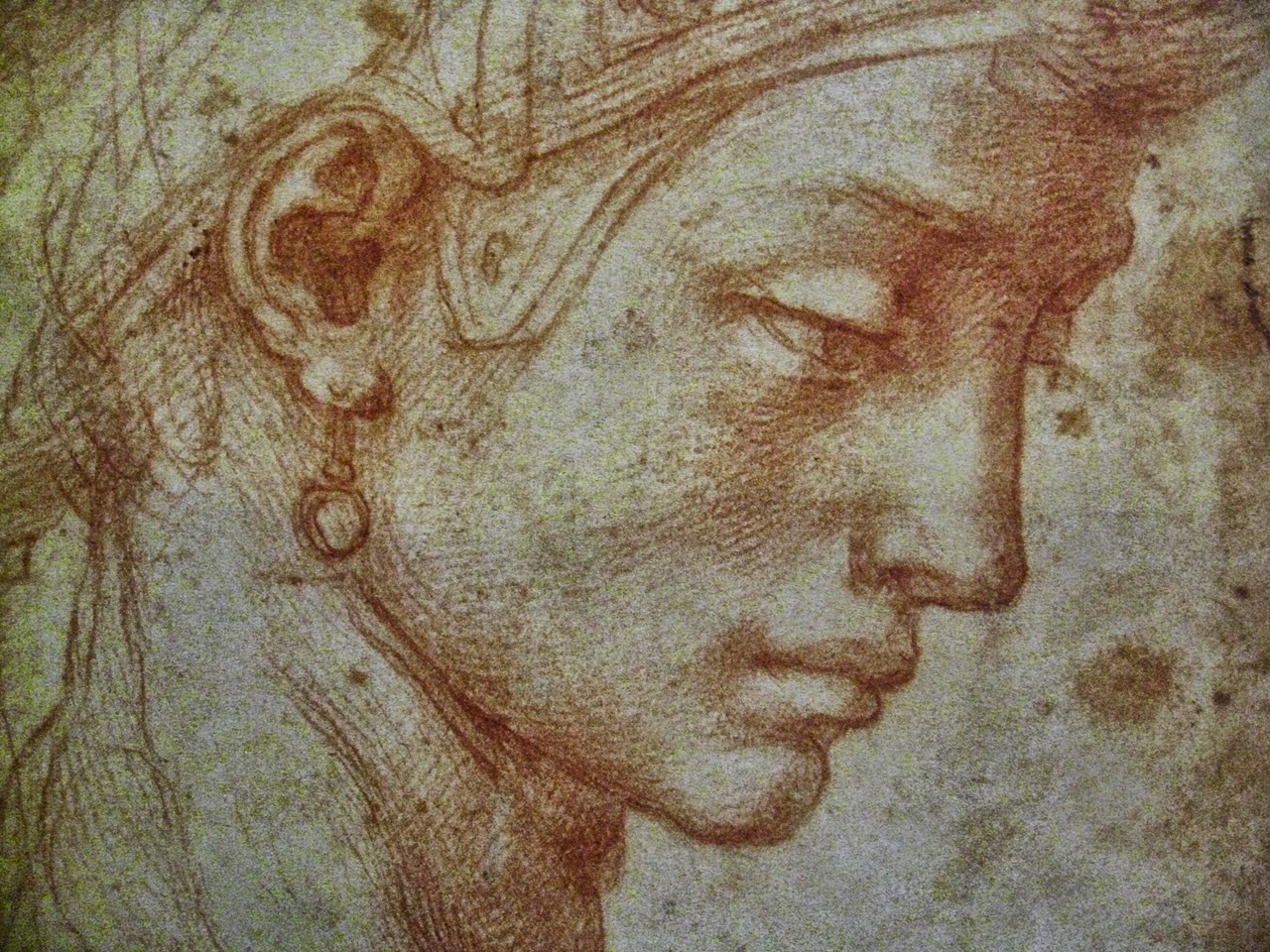
.jpg)
.jpg)
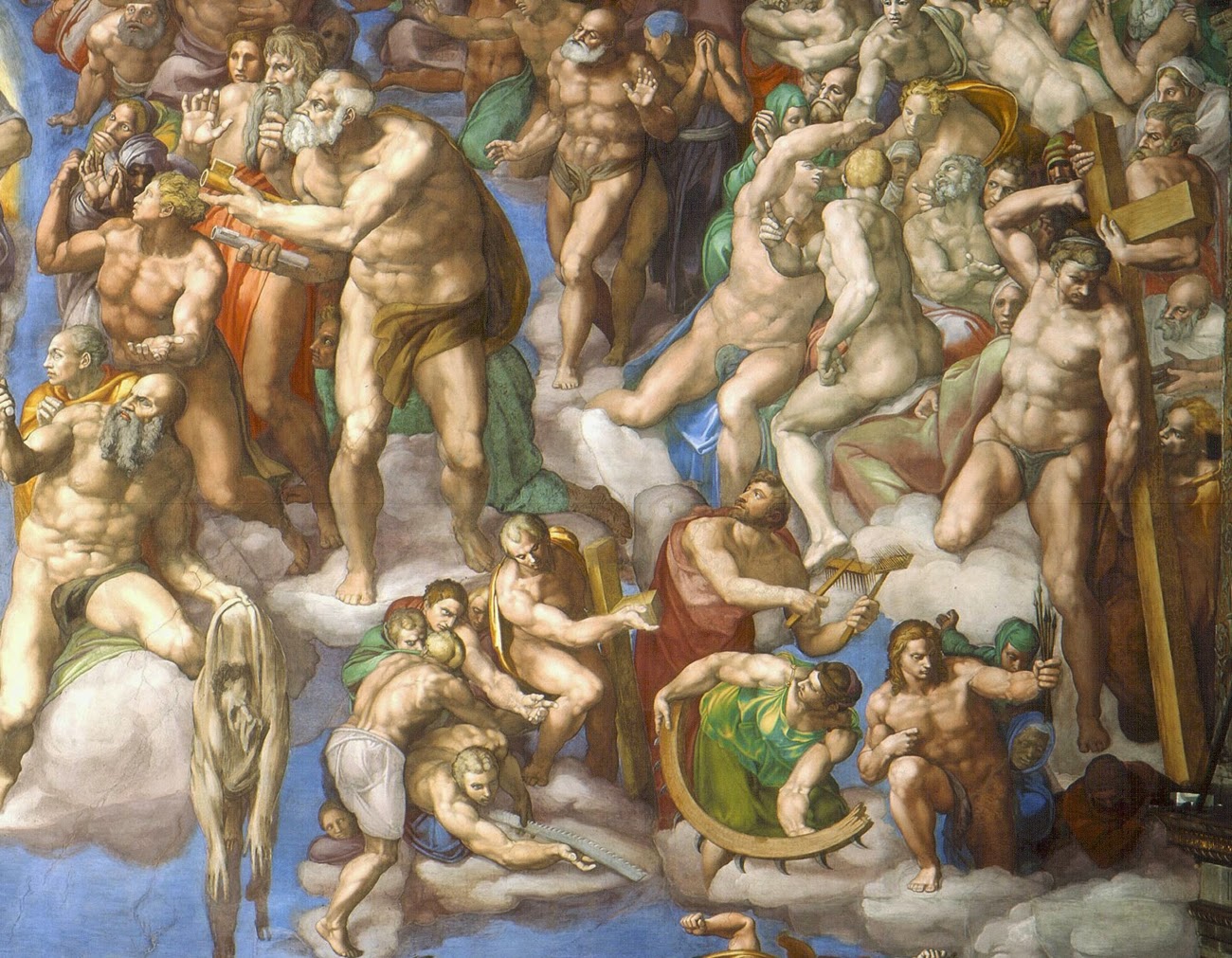
.jpg)
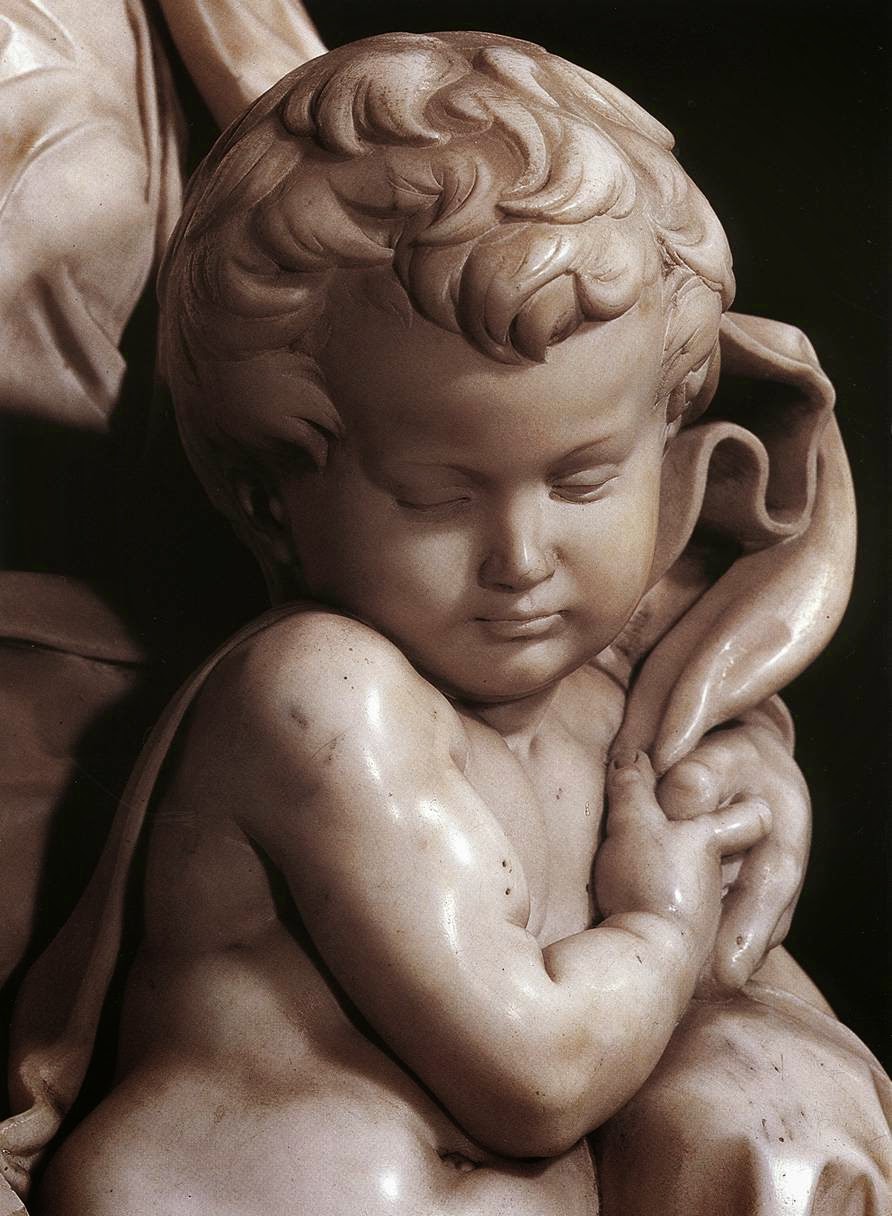
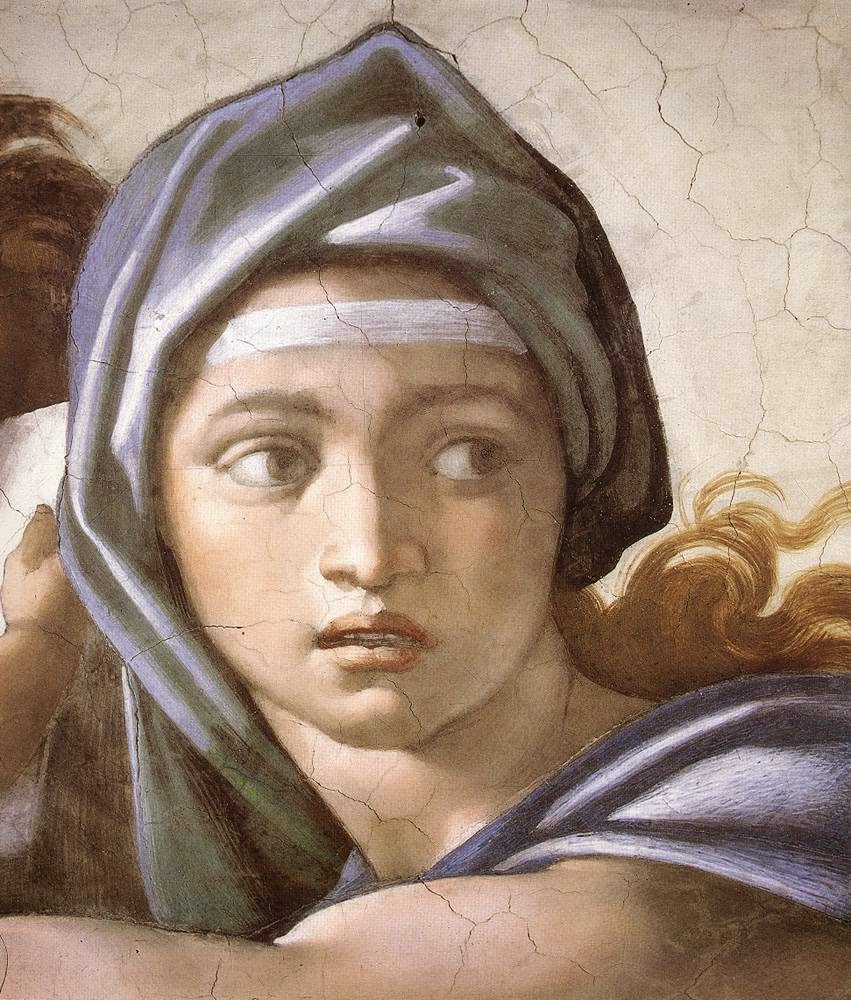
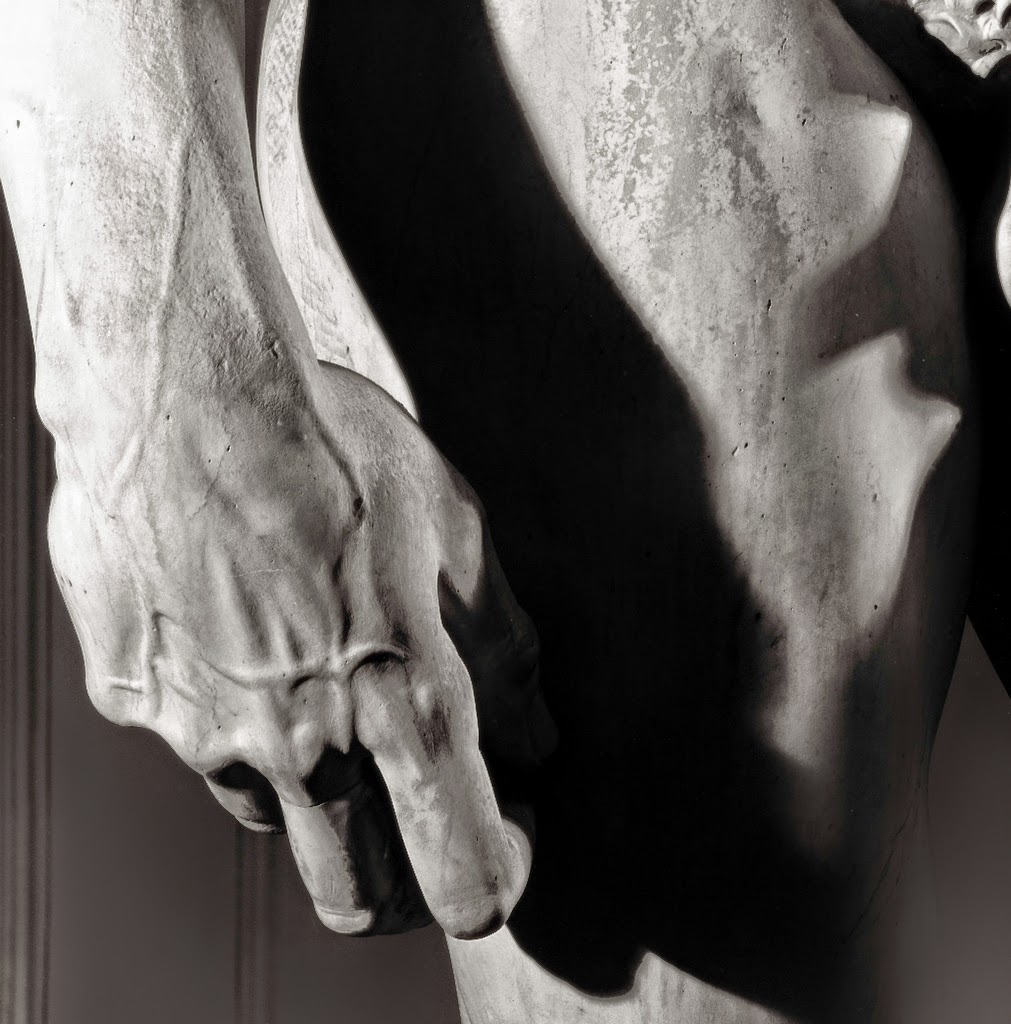

.jpg)
.jpg)
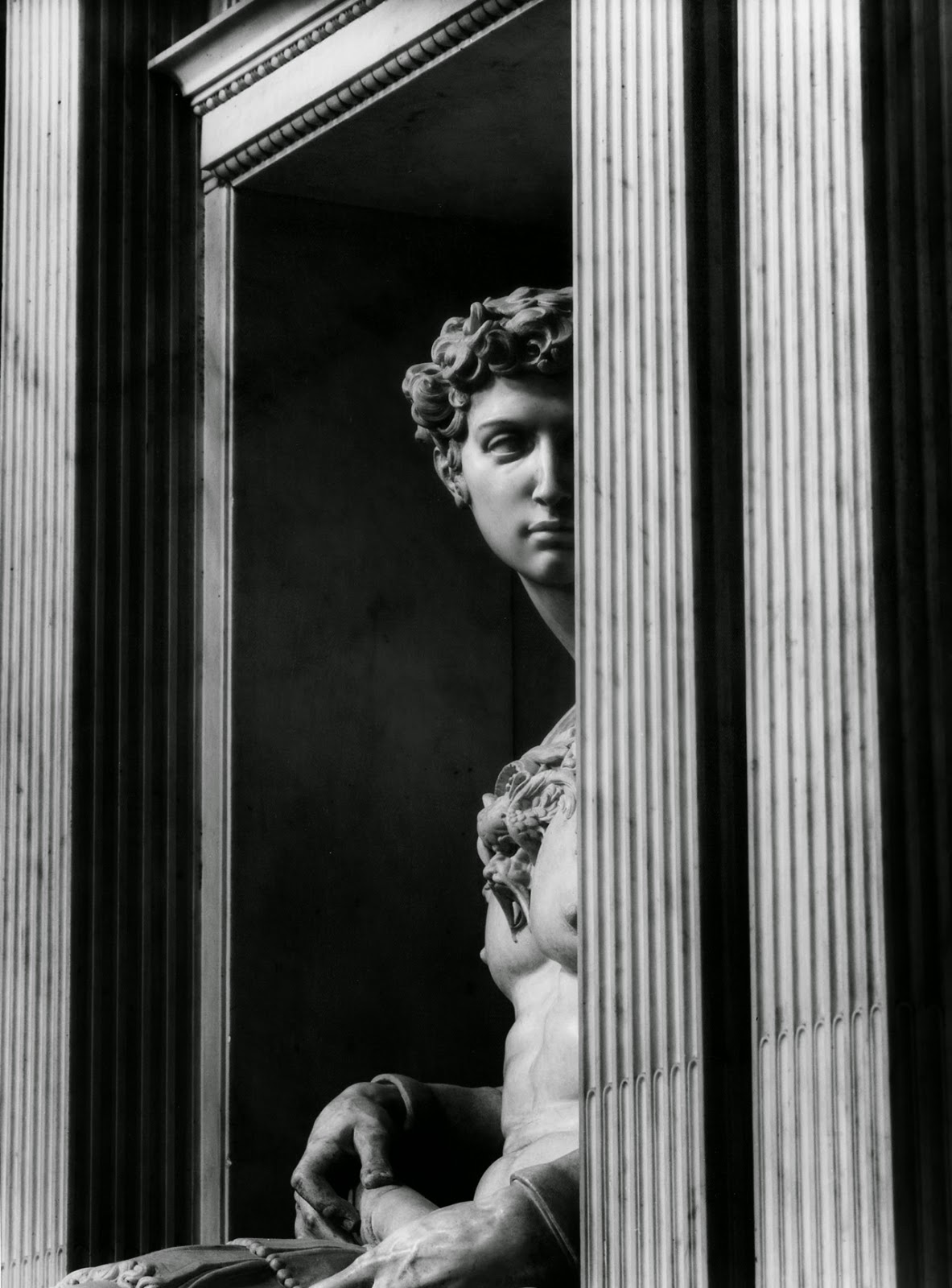
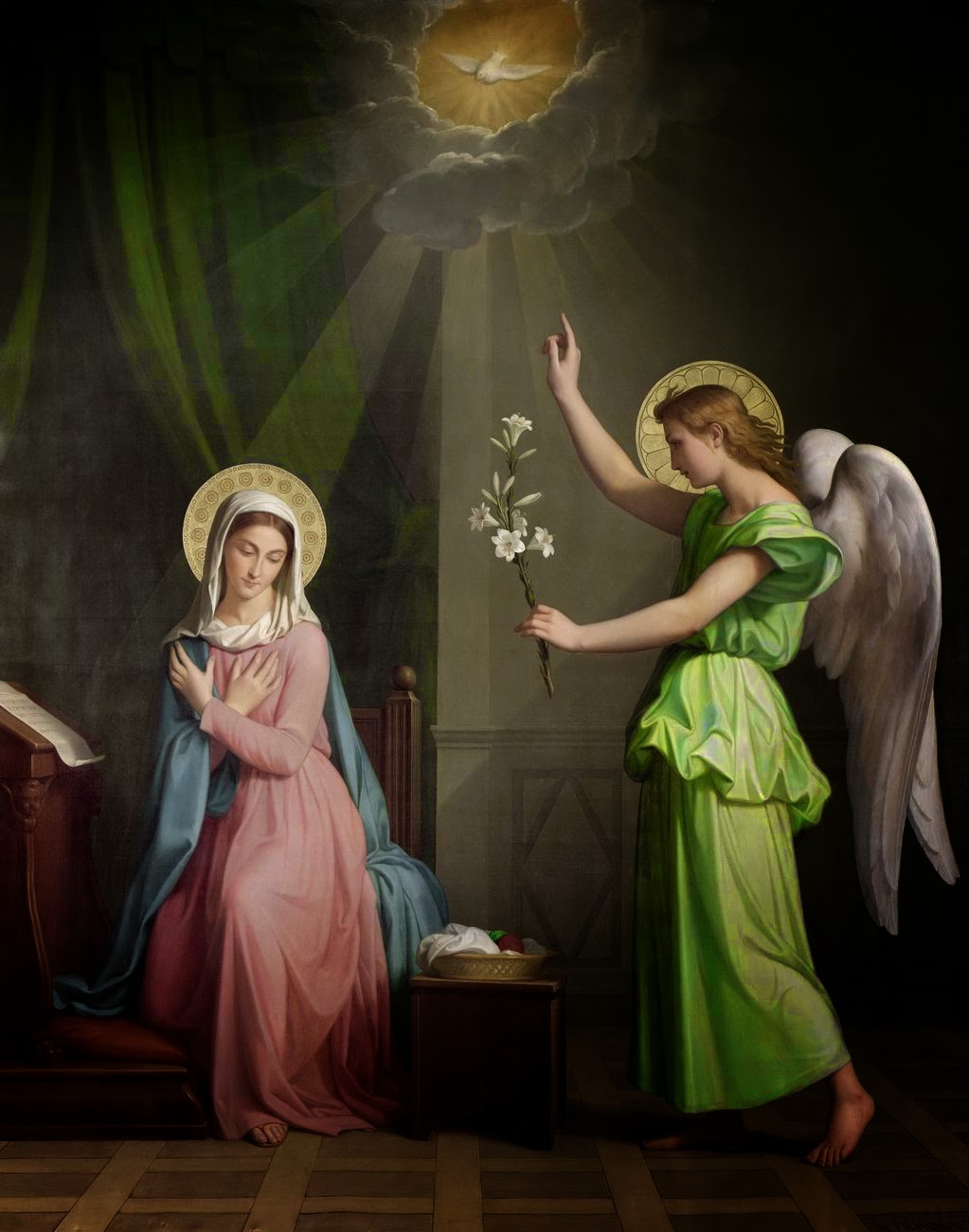
+(1).jpg)
+(2).jpg)
+(3).jpg)
+(4).jpg)
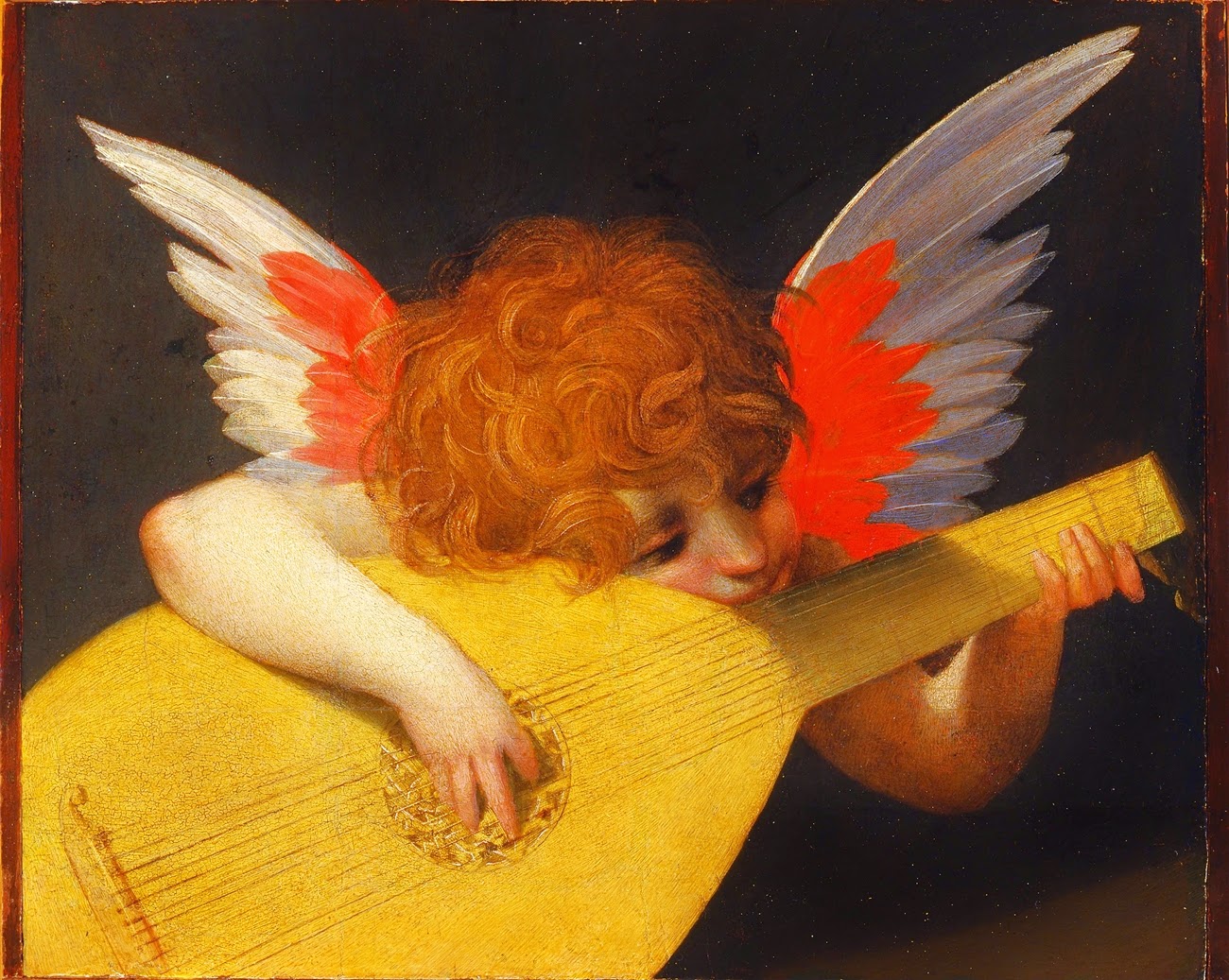
-+The+Virgin+and+Child+Embracing.jpg)


.jpg)
.jpg)
.jpg)
.jpg)

.jpg)

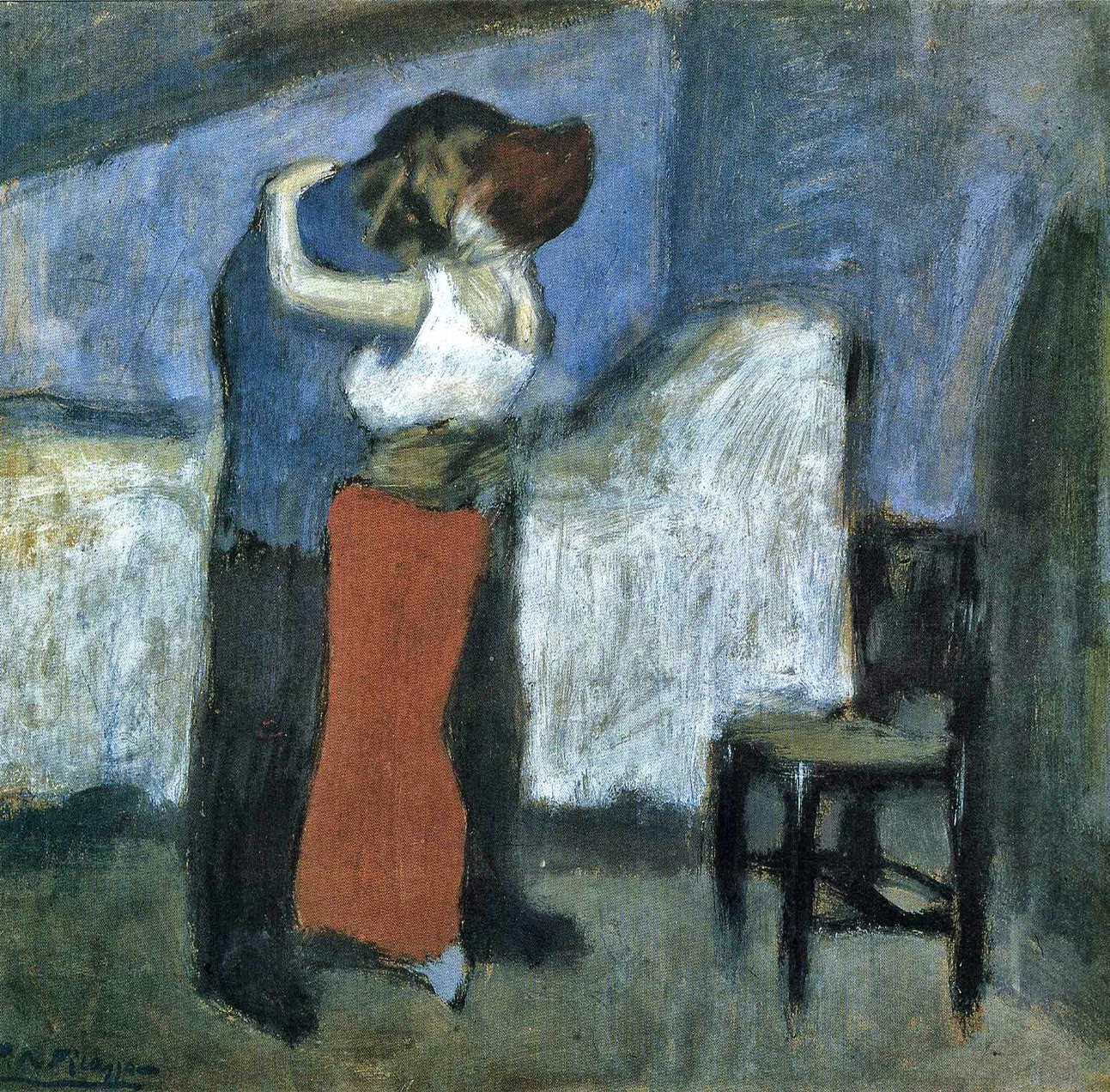
.jpg)
.jpg)
.jpg)
.jpg)
.jpg)
.jpg)
.jpg)
.jpg)
.jpg)
.jpg)
.jpg)
.jpg)
.jpg)
.jpg)
.jpg)
.jpg)
.jpeg)
.jpg)
.jpg)
.jpg)
.jpg)

.jpg)
.jpg)
.jpg)
.jpg)
.jpg)
.jpg)
+-+Girls+with+flowers.jpg)
+-+Nudo+di+spalle.jpg)
++(1).jpg)
++(2).jpg)
+Maria+at+la+Granja.jpg)




.jpg)




.jpg)
.jpg)
.jpg)



.jpg)


.jpg)
.jpg)



.jpg)










.jpg)





.jpg)

+-+Woman+with+a+Mandolin.jpg)





.jpg)















.jpg)
.jpg)
.jpg)
.jpg)
.jpg)
.jpg)
.jpg)
.jpg)
.jpg)
.jpg)
.jpg)
.jpg)
.jpg)
.jpg)
.jpg)
.jpg)
.jpg)
.jpg)

.jpg)
.jpg)
















.jpg)
.jpg)
.jpg)
.jpg)
.jpg)
.jpg)
.jpg)
.jpg)
.jpg)
.jpg)
.jpg)
.jpg)
.jpg)
.jpg)
.jpg)
.jpg)
.jpg)
.jpg)
.jpg)
.jpg)
.jpg)
.jpg)
.jpeg)
.jpg)
.jpg)
.jpg)
.jpg)
.jpg)
.jpg)
.jpg)
.jpg)
.jpg)
.jpg)
.jpg)
.jpg)
.jpg)
.jpg)
.jpg)
.jpg)
.jpg)
.jpg)

















.jpg)

.jpg)
.jpg)
.jpg)
.jpg)
.jpg)
.jpg)
.jpg)


























































































































































































































































































